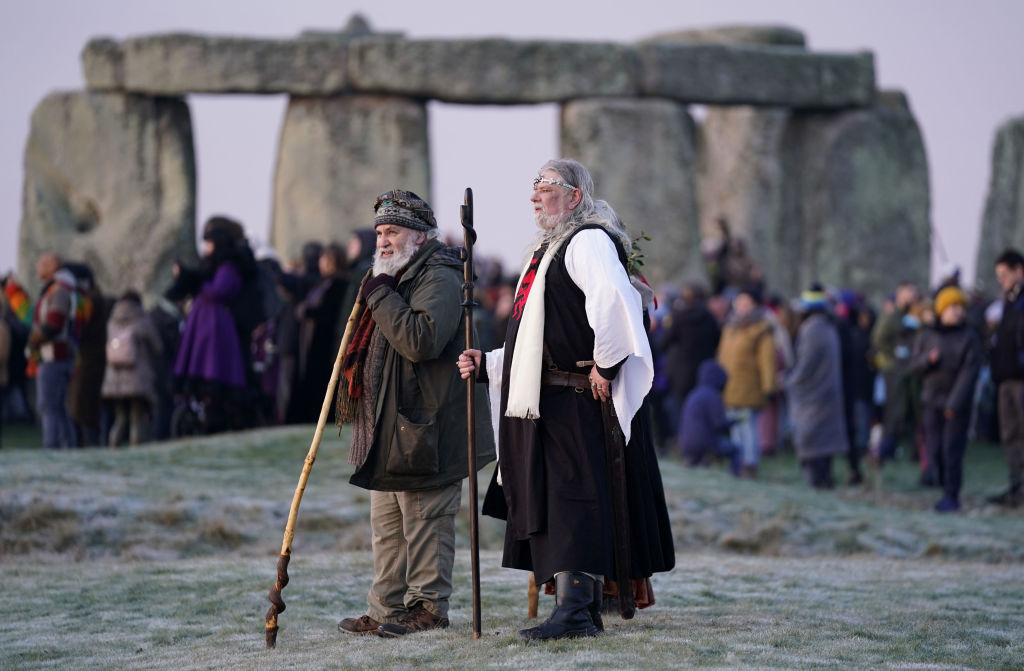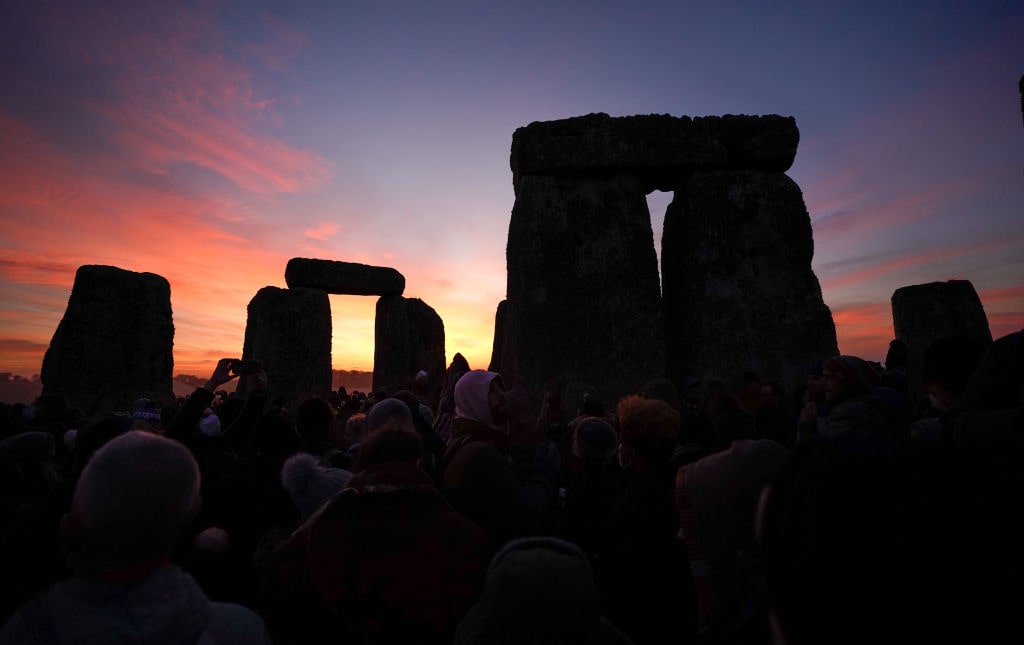Pagan or Christian: The Origin of Christmas
Many Christmas traditions have been around longer than Christianity.
By: Onar Åm | December 25, 2023 | 540 Words

(Photo by Britta Pedersen/picture alliance via Getty Images)
Today, Christmas is considered a Christian holiday. It’s a celebration of the birth of Jesus Christ. However, many of the traditions came from long before. So where did we get them, and why do we continue them today?
What we call Christmas today has its roots in a pagan festival celebrated across Europe. In the Norse culture of Scandinavia, it was known as Yule, which is the root of the word “Yuletide.” It celebrated the depth of winter, the lowest point of the sun: winter solstice. Normally around December 21 in the Northern Hemisphere, the winter solstice is the shortest day of the year – the day when the sun appears for the shortest amount of time. Pagan cultures celebrated it because it meant that the sun would soon be coming back, and spring would soon come.

Winter solstice celebrations at Stonehenge, 2021 (Photo by Andrew Matthews/PA Images via Getty Images)
In the early days of Christianity, the Christians were opposed to the winter solstice celebration because it was pagan. As Christianity rose to prominence, many of the pagan elements were adapted, including what became Christmas.
The Christmas tree has pagan roots, but its meaning today is fully Christian. The star at the top of the tree represents the star that guided the wise men on their quest to find Jesus.
A New Perspective
It’s often said that adopting pagan traditions and transforming them was a way for Christianity to gain influence and power.
Psychologist Jordan Peterson brings a different perspective to this. He says the Bible is full of stories that come from different cultures and different tribes, and that the act of uniting tribes is the same as the process of joining their different stories into one whole.
Christians did not truly embrace the winter solstice celebration until they made one key connection: the light. Pagan European cultures celebrated the darkest day of the year not because it was darkest but because it was the day that the sun turned and grew stronger. They saw it as the moment of rebirth of the light, of life returning to the desolate winter.
In Christianity, the light is a symbol of truth, love, and guidance. Jesus himself states in John 8:12:
“I am the light of the world. Whoever follows me will never walk in darkness, but will have the light of life.”

(Photo by Andrew Matthews/PA Images via Getty Images)
This ties in with the star that guided the three wise men to Jesus after his birth.
Light and Hope
Once this connection between the light celebration and the central tenets of Christianity was made, the Church was ready to embrace the winter solstice festival and take ownership of it.
The darkness of winter is the perfect canvas on which to paint a message of light and hope. The absence of light is hard for many, and it was even harsher in the past before electric lights and heating. But you can stand the darkness when you know the light is coming. When you know that darkness one day will be replaced by light, the future promise gives you strength and hope to carry on.
















